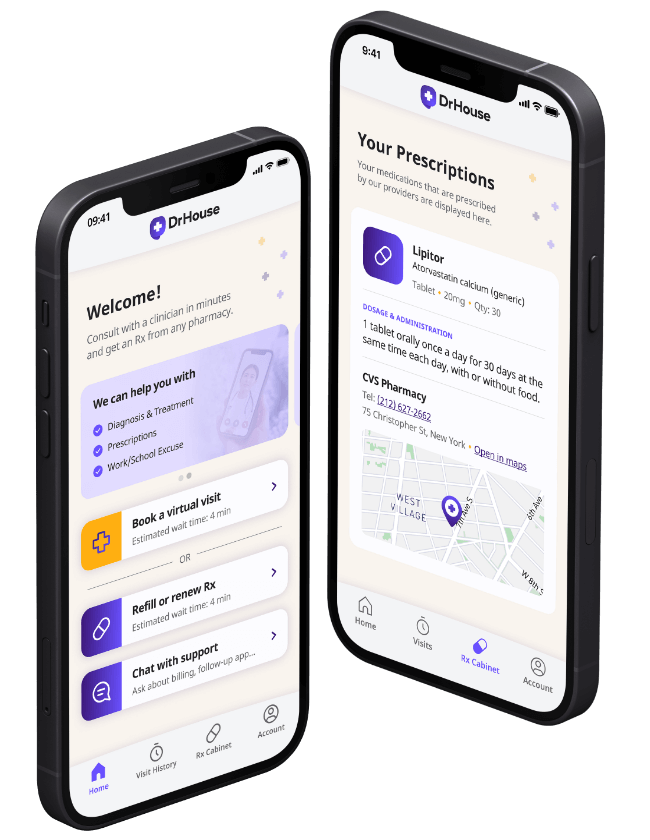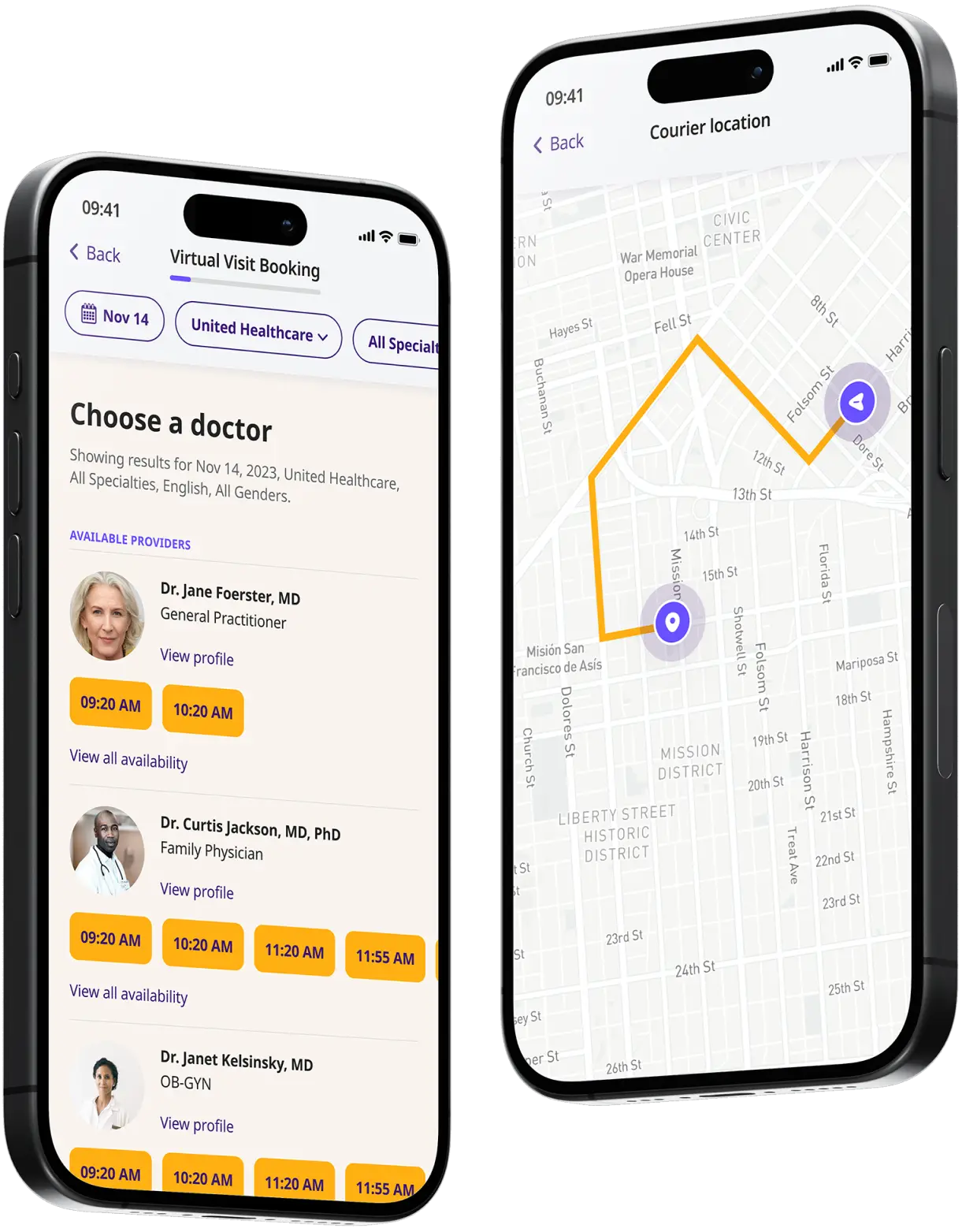Get a Permethrin Prescription Online
Quickly treat parasitic conditions with permethrin. Get a prescription online through 24/7 virtual doctor consultations.
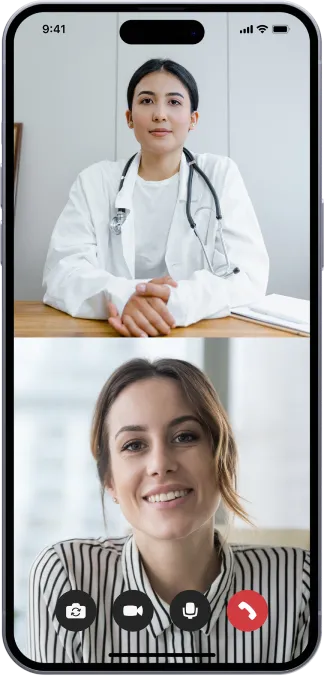

Available in 50 states. Insurance accepted.
Fast
virtual visits
24/7 care
assistants
Prescriptions
as needed

24/7 Personal Care
Consult with a physician in 15 minutes, refill an Rx or chat with our care assistants.

Affordable & Convenient
See your cost upfront and get treatment for hundreds of different conditions.

Insurance Accepted
We accept most major insurance plans, making healthcare easy and affordable.
See If Delivery Is Available Near You
Delivery Not Available
Enter your ZIP code to check if prescription delivery is available in your area and how soon your meds could arrive.
How to get started
Choose your doctor, start a virtual visit, and have your prescriptions sent to your preferred pharmacy for pickup — all in just a few easy steps.
Choose a doctor
Choose a physician by availability, specialty, ratings, and more.
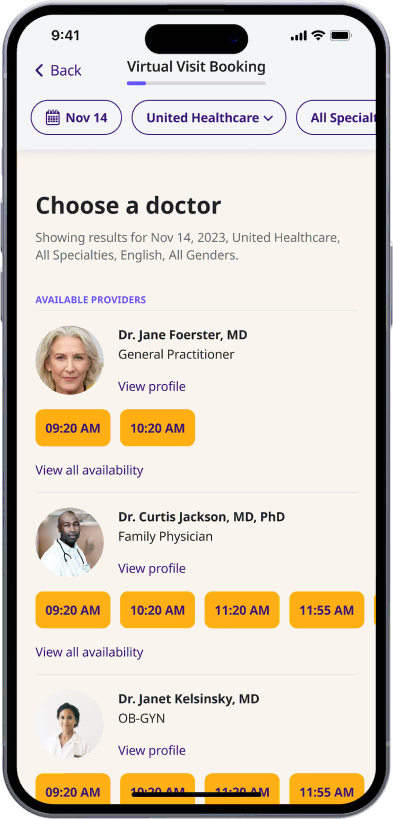
Start your video visit
Connect with a doctor in minutes on a secure video call.
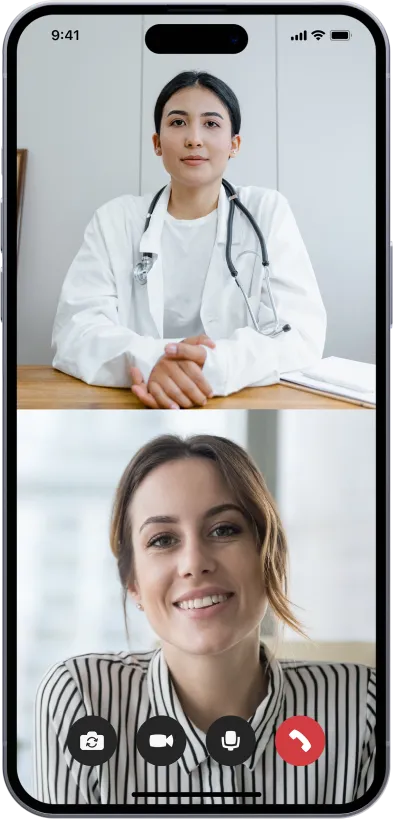
Get your prescription
Pick up your meds or have them delivered in as little as an hour.

Available in 50 states. Insurance accepted.
One-Time
Physician Visit
One-time visit with a physician for diagnosis, treatment, Rx, labs, referrals, and doctor’s notes.
Accepted Insurances
See why people turn to DrHouse...
As seen in

Permethrin
Permethrin is a topical anti-parasite medication used for treating parasitic infections such as scabies and lice. It belongs to the pyrethroid class, a group of synthetic chemicals modeled after the natural pyrethrins found in chrysanthemum flowers.
It works by disrupting the nervous systems of the parasites. This disruption is achieved by altering the normal function of sodium channels in the neurons of the parasites, which leads to paralysis and eventual death of the parasites. This mechanism of action is highly selective, predominantly affecting the nervous systems of insects and parasites, thereby offering a high margin of safety when used in humans.
It is mostly used for treating infestation by scabies mites and head lice, which are common parasitic infections affecting millions of people worldwide. Scabies is a highly contagious skin disease caused by the Sarcoptes scabiei mite, while head lice are tiny insects that live on the scalp and feed on blood.
Permethrin is available in various forms of topical treatment (meaning that it is applied directly to the skin) such as creams, lotions, sprays, and shampoos. These different formulations are designed to target specific areas of the body affected by parasites.
It is available as both a prescription and over-the-counter medication, with different concentrations and strength levels.
The concentration of permethrin can vary from 1% to 5%, depending on the type and severity of the infestation being treated. The recommended dosage and duration of treatment also vary based on the type of infection, age, weight, and overall health of the individual.
Common side effects associated with permethrin may include:
- Mild skin irritation or itching
- Burning or stinging sensation at the application site
- Numbness or tingling
- Redness or swelling of the skin
- Mild stomach upset or diarrhea
- Headache
More serious side effects which should be reported to your healthcare provider immediately may include:
- Serious skin reactions such as rash, blisters, or hives
- A continuous irritation or worsening of symptoms
- Difficulty breathing
- Swelling of the face, lips, tongue, or throat
- Seizures or convulsions
- Nausea and vomiting
- Infected or pus-filled areas of the skin or scalp area
The above lists of possible side effects associated with permethrin are not exhaustive and other side effects may occur. If you experience any severe or persistent side effects while taking permethrin, it is important to contact your healthcare provider right away.
Frequently Asked Questions About Permethrin
What Is Permethrin Used to Treat?
Permethrin is primarily used to treat parasitic infections such as scabies, and head lice. It works by paralyzing and killing these parasites, making it an effective treatment option.
For scabies, permethrin is used to eliminate the mites on the skin and relieve symptoms such as itching and redness. 5% permethrin cream is the most commonly prescribed treatment for scabies, and it is typically applied all over the body from neck to toes.
For head lice, it kills both adult lice and their eggs (nits), preventing them from spreading to others. Permethrin is most commonly used as a lotion or shampoo for lice treatment.
What Are the Most Common Side Effects of Permethrin?
The most common side effects associated with permethrin are mild and temporary, such as skin irritation, itching, or burning at the application site. These typically go away within a few days and do not require medical attention.
However, if they persist or worsen, it is important to seek medical help. Additionally, more serious side effects may occur in rare cases and should be reported to your doctor immediately for proper evaluation and treatment. These include severe allergic reactions, breathing difficulties, and may even include neurological symptoms.
How to Take Permethrin?
You should always follow the instructions provided by your doctor or pharmacist when taking permethrin. For most topical treatments, it is recommended to wash and dry the affected area before applying the medication.
For scabies treatment, 5% permethrin cream should be applied at bedtime and washed off after 8-14 hours. A second application may be needed one or two weeks later if symptoms persist.
For head lice treatment, the lotion or shampoo should be applied to dry hair and scalp and left on for 10 minutes before rinsing off. This process may need to be repeated after 7-9 days if live lice are still present.
Can Permethrin Be Used During Pregnancy or While Breastfeeding?
When applied topically, the systemic absorption of permethrin is generally low, with available studies indicating that less than 2% is absorbed into the bloodstream. This low level of systemic exposure suggests that the risk of adverse effects on a developing fetus is minimal.
The Centers for Disease Control and Prevention (CDC) acknowledges permethrin as a suitable treatment for pubic lice during pregnancy. Additionally, permethrin is considered the preferred treatment for scabies in pregnant women due to its efficacy and safety profile.
However, as with any medication used during pregnancy, it is important for expecting mothers to consult with their healthcare provider to weigh the benefits and potential risks before starting treatment with permethrin.
Permethrin can be present in breast milk and drug manufacturers usually recommend not using it during breastfeeding due to the potential risk of exposure to the infant.
Nevertheless, the CDC considers permethrin one of the drugs of choice for treating pubic lice and scabies in breastfeeding women.
Breastfeeding mothers who are prescribed permethrin for scabies or pubic lice should discuss any concerns and follow specific guidelines provided by their healthcare provider to minimize the risk to the nursing infant.
Do You Need a Prescription for Permethrin?
Permethrin is available both over-the-counter and with a prescription. Lower concentrations of permethrin (1%) can be found in products for treating head lice that are sold without a prescription, while higher concentrations (5%) require a prescription.
For scabies treatment, 5% permethrin cream is the most commonly prescribed option. It is important to follow the recommended dosage and duration of treatment as prescribed by your healthcare provider for optimal results.
Can You Get an Online Prescription for Permethrin From DrHouse?
Yes, you can obtain an online prescription for permethrin from healthcare providers at DrHouse if it is deemed appropriate by the doctor.
For more detailed information about permethrin, you can refer to the following sources:
Frequently asked questions


